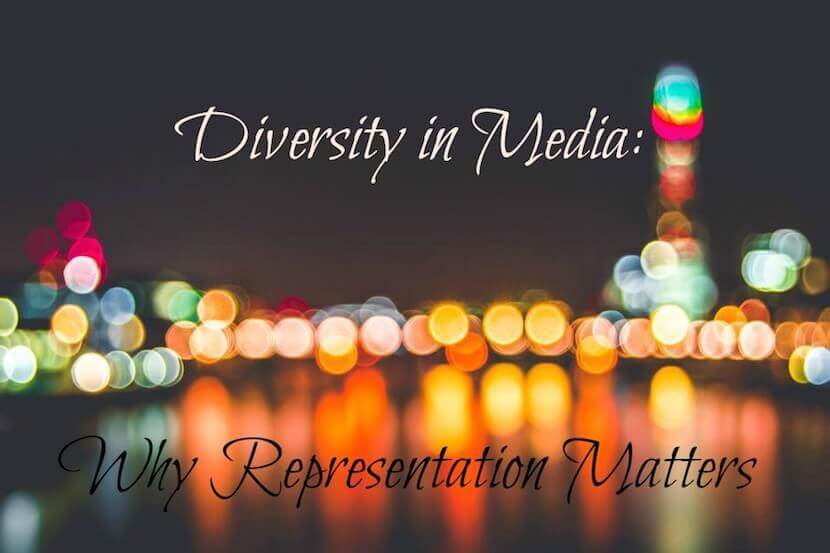It’s 2016. Shonda Rhimes is taking over our TV screens with her various ABC shows “Scandal”, “Grey’s Anatomy” and my personal favorite “How To Get Away With Murder”. If you didn’t read that in Annalise Keating’s voice, I’m judging you.
There’s a reason why Rhimes is inundated with invitations to speak at university commencements, conferences and talk shows: her shows are phenomenal. One of the key elements of her work that gets the most praise is the representation of different sexual orientations and races.
Critics and fans applaud Rhimes for casting actors that represent different identities and she’s considered a trailblazer for doing so. There’s no denying that Rhimes is a meritorious creator but is it because she’s “diversifying” television?
Our world looks different than it did 50 years ago. Hell, it looks different than it did 10 years ago. As our ever changing society represents different skin tones and identities, our media should as well. Television, film and theatre needs to be accessible to a contemporary audience. It’s become too “conventional” to cast all white actors even though that isn’t a realistic representation of our world. As Rhimes often says, she’s not “diversifying” television, she’s “normalizing” it. When people praise Rhimes’ shows for their diversity, are they suggesting it’s suprising or unheard of? Or are they appreciating the fact that she, unlike a startling number of show-runners, is representing a realistic world?
If you take a look around campus, you’ll be able to point people out that look different than you. As fellow classmates and Earth dwellers, the least we can do is acknowledge and celebrate differences. We shouldn’t alienate others because they look, speak or feel differently than we do. Likewise, showrunners and filmmakers should make a point of emulating real life in their art.
What can we do as students to help promote acceptance?
For starters, we can view diversity as the norm rather than an “out of this world” concept. If we don’t bat an eye when we see an all white cast, we shouldn’t bat an eye if a cast features people of all skin tones, sizes and sexual orientations.



